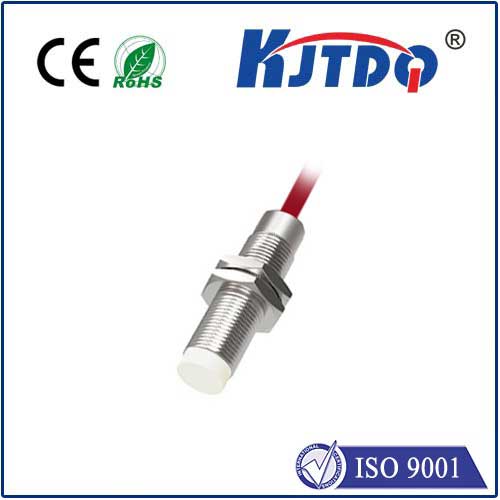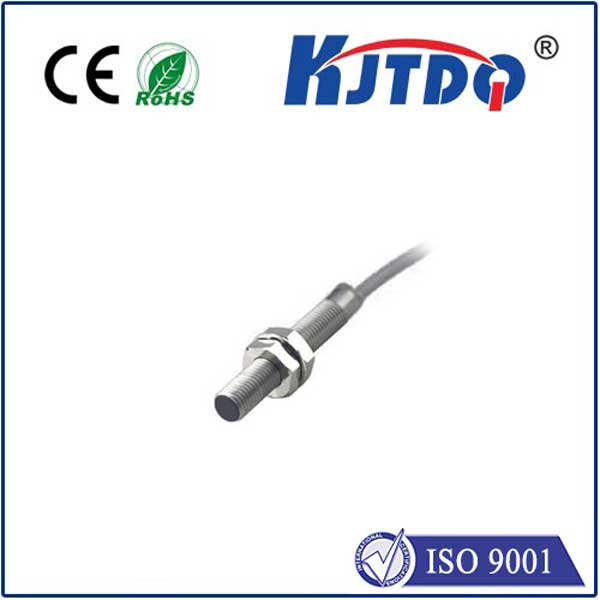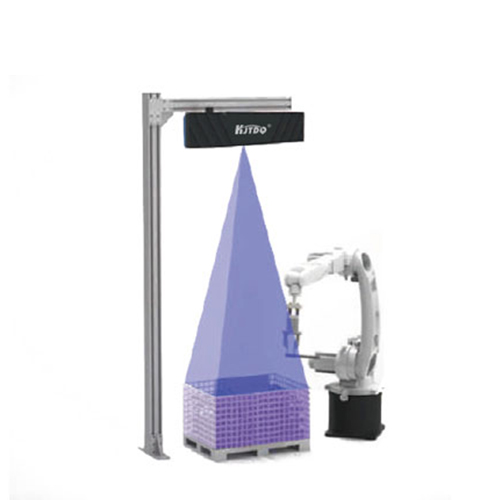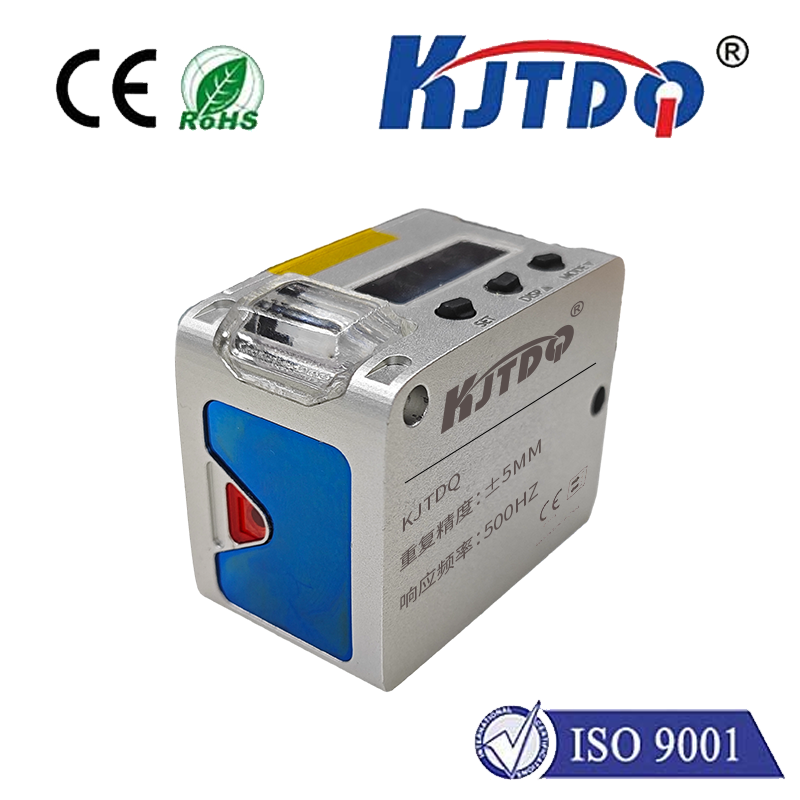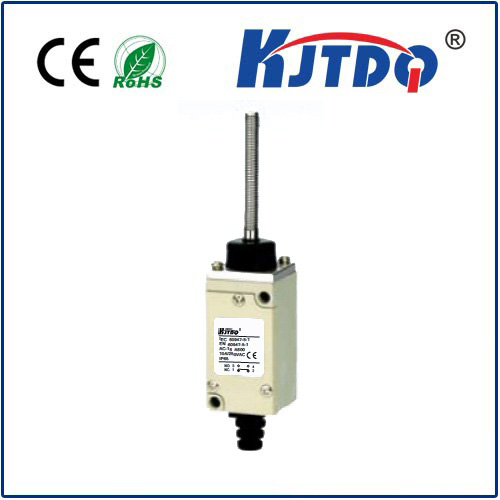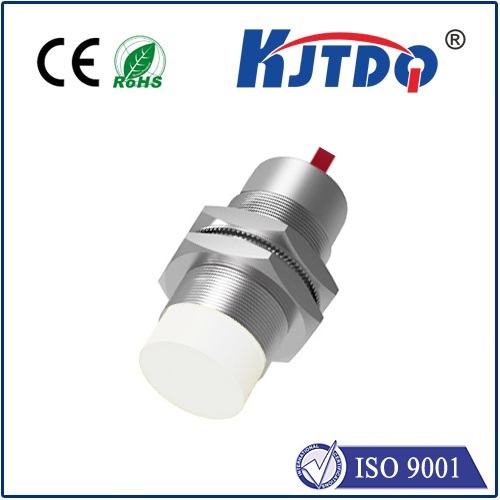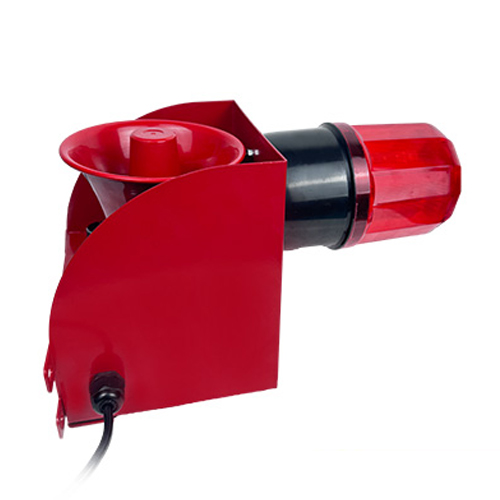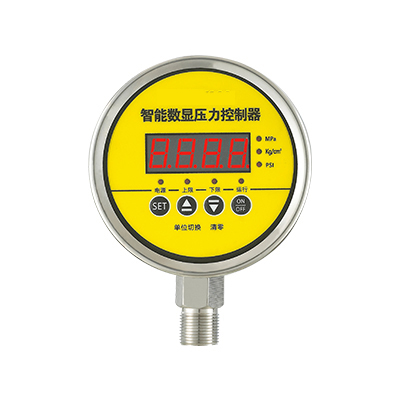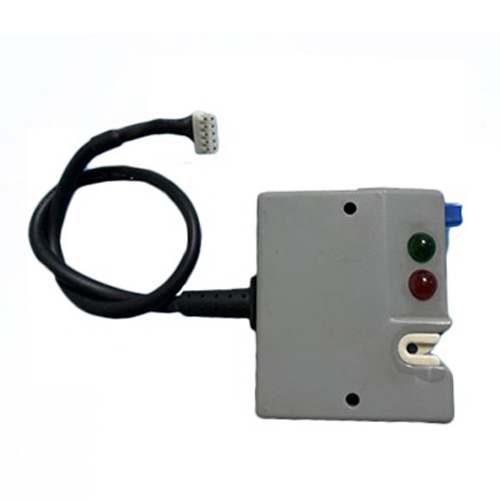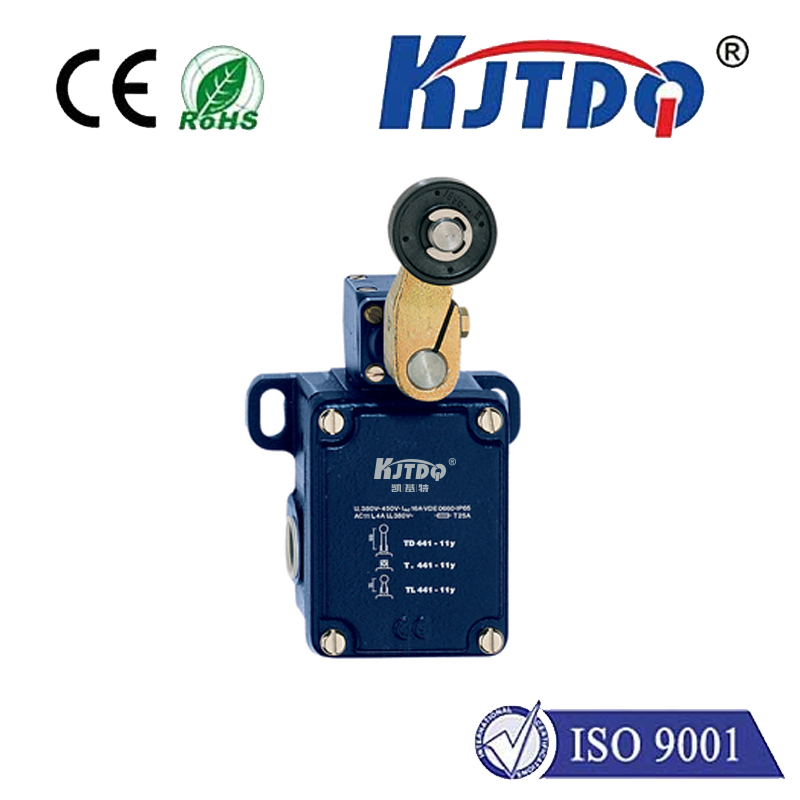elevator proximity sensor switch
- time:2025-09-06 00:35:22
- Click:0
Elevator Proatency Sensor Switch: The Unseen Guardian of Smooth and Safe Vertical Travel
Imagine stepping into an elevator, the doors beginning to close, and then – they seamlessly glide back open. Not because you frantically waved, but because the elevator knew something was there. That seemingly magical awareness, preventing collisions and ensuring effortless entry and exit, is often the handiwork of a critical but unseen component: the elevator proximity sensor switch.
Understanding the Proximity Sensor: More Than Just a Door Switch
While often referred to colloquially as a “door sensor,” the elevator proximity sensor switch represents a sophisticated leap beyond simple mechanical contacts. It operates on the principle of non-contact detection, sensing the presence or absence of an object within its designated field without any physical touch. This technology is fundamental to the safety, efficiency, and user-friendliness of modern lifts.
How Does the Magic Work? The Core Technology
The most common types used in elevator applications are:

- Infrared (IR) Sensors: These emit an invisible beam of infrared light. An object (like a person, pet, or bag) entering the detection zone interrupts this beam. The sensor detects this interruption and sends a signal to the elevator control system, commanding the doors to halt closing or reverse direction. Passive IR sensors detect heat emitted by objects, while active IR sensors (often paired emitter/receiver units) rely on beam interruption. Their precision in detecting objects directly within the door path makes them indispensable for safety edges.
- Ultrasonic Sensors: These emit high-frequency sound waves beyond human hearing. The sensor calculates the time it takes for the sound wave to bounce off an object and return. If an object enters the detection field, the altered return time signals its presence. Ultrasonic sensors are particularly effective at covering a wider area and detecting objects regardless of their material properties (unlike some light-based sensors).
- Microwave Sensors: Less common but used in specific scenarios, these emit microwaves. The sensor detects changes in the reflected wave pattern caused by a moving object. They can typically sense through non-metallic materials.
The core function remains the same: detect the presence of objects within a defined zone around the elevator doors or car and communicate this instantly to the elevator controller.
Beyond the Doors: Key Applications in Elevator Systems
While door obstruction detection is the most visible application, proximity sensor switches play crucial roles elsewhere:
- Primary Door Safety: Positioned strategically around the hoistway door and car door opening, they form the first line of defense against doors closing on people or objects. This is their most critical safety function.
- Car Positioning: Sensors are used in the shaft to detect the elevator car’s precise position at different floors, aiding in accurate leveling. Proximity switches triggered by metallic targets on the car ensure the car stops precisely aligned with the landing.
- Safety Edges: Flexible strips embedded within the leading edges of the elevator doors often contain proximity sensors (like IR emitters/receivers) along their length. They provide a continuous sensitive touchless barrier, detecting even slight obstructions instantly.
- Overload Prevention: Advanced systems might use sensors to detect unusual occupancy patterns or large objects blocking sensors, potentially signaling an overload condition to prevent operation.
- Accessibility Features: Reliable proximity detection is essential for features like extended door open times activated by presence detection. Ensuring doors remain open long enough for users requiring mobility aids depends on accurate sensor performance.
Why Proximity Sensors Are Essential: Tangible Benefits
The integration of reliable elevator proximity sensors delivers significant advantages:
- Enhanced Safety: Drastically reduces the risk of passengers or objects being struck by closing doors, directly preventing pinching injuries and potential entrapment. This is paramount.
- Improved Efficiency & Traffic Flow: Smoother door operation, with doors reopening swiftly for late arrivals or held open when users linger near the entrance, reduces cycle times and improves passenger flow, especially in busy buildings.
- Reduced Mechanical Wear & Tear: By eliminating the need for physical contact switches that can wear out or jam, proximity sensors contribute to lower maintenance requirements and longer operational lifespans for door mechanisms.
- Increased User Satisfaction & Accessibility: Reliable, responsive door operation creates a seamless and frustration-free experience for all users, making elevators more accessible and comfortable.
- Versatility: Available in various form factors and detection ranges, they can be tailored to fit different elevator designs and specific location requirements within the hoistway or car.
Reliability: The Non-Negotiable Requirement
Given their critical role in safety, elevator proximity sensors must be exceptionally reliable. They must perform consistently under diverse conditions:
- Environmental Resilience: Resisting dust, moisture, temperature fluctuations, and electromagnetic interference common in elevator shafts is essential. Sealed enclosures and robust electronic design are standard.
- False Trigger Minimization: Sensors must be designed and calibrated to distinguish genuine obstructions from ambient background “noise” like strong light sources (for IR) or air currents (for ultrasonic), preventing nuisance stops.
- Long Service Life: Constructed with durable materials and high-quality components to endure the constant vibrations and demands of elevator operation for years.
- Compliance: Adherence to rigorous international safety standards (like EN 81-20⁄50) governing elevator components is mandatory.
The Future of Sensing: Smarter Elevators on the Horizon
The evolution of proximity sensor switch technology continues. Integration with advanced control systems and IoT platforms enables predictive maintenance (alerting technicians to weakening sensor signals before failure) and potentially more sophisticated passenger detection and flow optimization. The drive is towards even greater reliability, miniaturization, and intelligent functionality within the broader ecosystem of smart vertical transportation.
The Silent Sentinel
Next time you experience an elevator’s doors yielding gracefully to your presence, remember the unseen proximity sensor switch diligently performing its duty. This unassuming electronic sentinel, employing light, sound, or radio waves, is a foundational pillar of modern elevator safety and convenience. Its non-contact detection capability ensures not just smooth operation, but a fundamental layer of protection, making every elevator journey a little safer and considerably more seamless. Understanding their function underscores how critical these small components are to the complex dance of vertical mobility.






